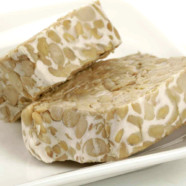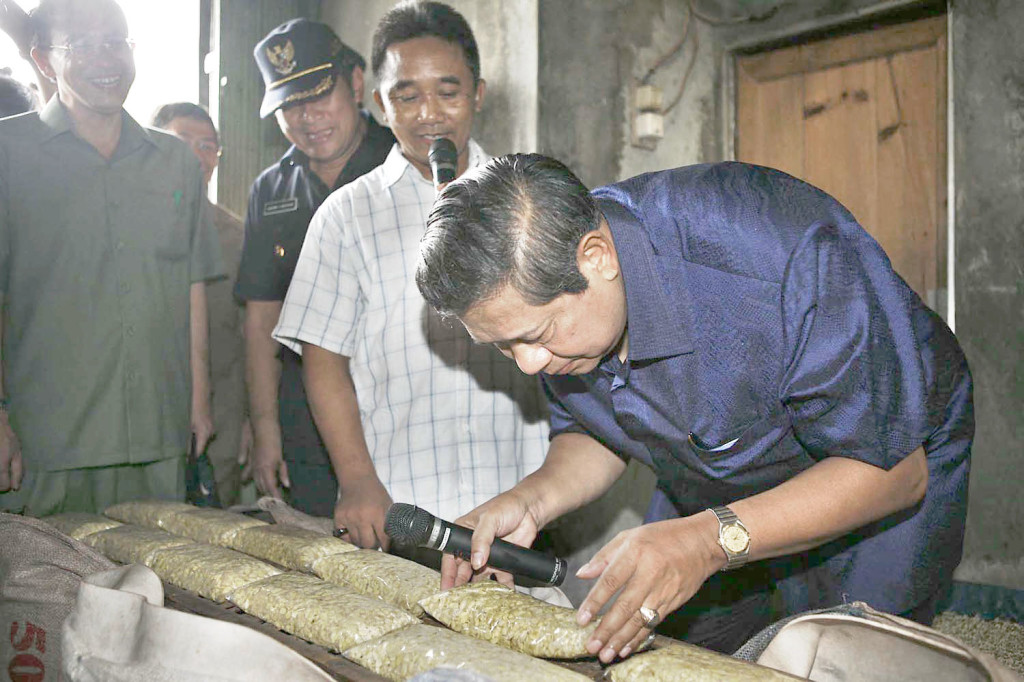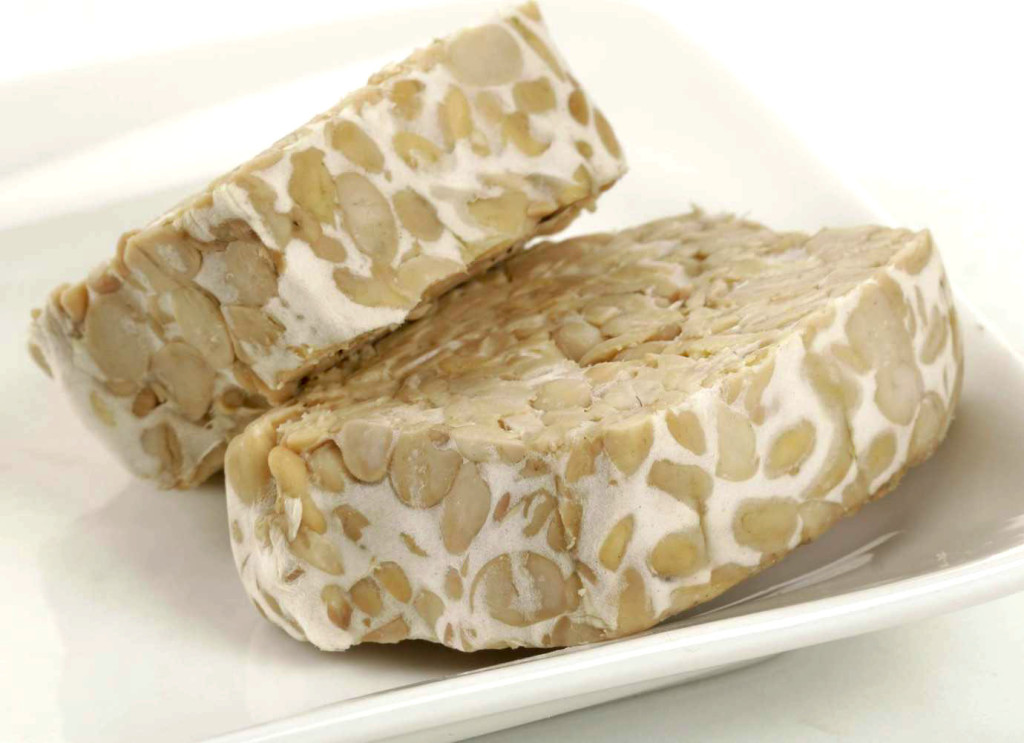Tempe Found Favor in America
Soy product tempeh, hailing from Indonesia, gradually found favor in the U.S.
Americans have gradually become more comfortable with tofu, which this year appeared on the menu at Chipotle. But tempeh’s march toward the mainstream has been considerably slower: Most eaters still associate the fermented soybean cake with dodgy health food stores and blooming black spores (they occur when the temperature changes, and they’re perfectly safe to eat.)
Unlike most soy products, tempeh didn’t originate in China or Japan. It was developed on the Indonesian island of Java, although it’s unclear when. According to the written record, soybeans were being grown in Java by the 1700s, but the plant may have arrived up to seven centuries earlier. “There is a great need for more research on the origins and early history of tempeh,” laments the Soy Info Center’s website, an indispensable source of tempeh scholarship.
Tempeh is made from whole soybeans, which are soaked, hulled, boiled, drained and inoculated with mold. They’re then pressed into a container (hibiscus or banana leaves are the traditional choice, but contemporary producers are more likely to use polyethylene bags), and allowed to ferment for 24 hours. The resulting textured cake is nutty and earthy; Cooking Light magazine quoted vegetarian cookbook author Crescent Dragonwagon comparing tempeh’s flavors to mushrooms and veal.
While tempeh was an extremely important protein source in Indonesia, it was a source of culinary shame for upper-class Indonesians. “Don’t be a tempeh nation,” Sukarno, the first president of Indonesia, told his countrymen in the 1960s.
During the same decade, Mary Otten, an Indonesian immigrant, started selling tempeh out of her Albany, Calif., basement. The nation’s first commercial tempeh operation was followed by a few more small-scale tempeh shops, but the food remained obscure until The Farm, an intentional community in south central Tennessee, embraced it. (read History of Tempeh here – Soy Info Center USA)
After setting up a soy dairy in 1972, members of The Farm opened a tempeh deli, circulated a tempeh-making flyer, published a tempeh cookbook and sold mail-order hulled soybeans and tempeh starter. In 1975, they came up with tempeh burgers, the first of a series of new tempeh products served at hippie restaurants and macrobiotic cafes.
“The most popular ones, in descending order of popularity, were tempeh burgers, tempeh salads, tempeh sandwiches, sloppy joe tempeh, tempeh cacciatore, tempeh cutlets, and tempeh stroganoff,” the Soy Info Center reports. “We wonder if overripe tempeh, whose distinct aroma, soft consistency and velvety white surface resemble those of a fine Camembert or Brie cheese, will ever be popular in America, as it is in Indonesia.”
Groceries with a natural foods focus tend to stock tempeh, almost every asian supermarket offers tempeh, and many grocery stores now also offers tempeh in some form.
For the one live in San Bernardino area, you can get fresh tempeh here, Tempe House at 24984 3rd St, San Bernardino, CA 92410, they also have variety of food made of tempe.



